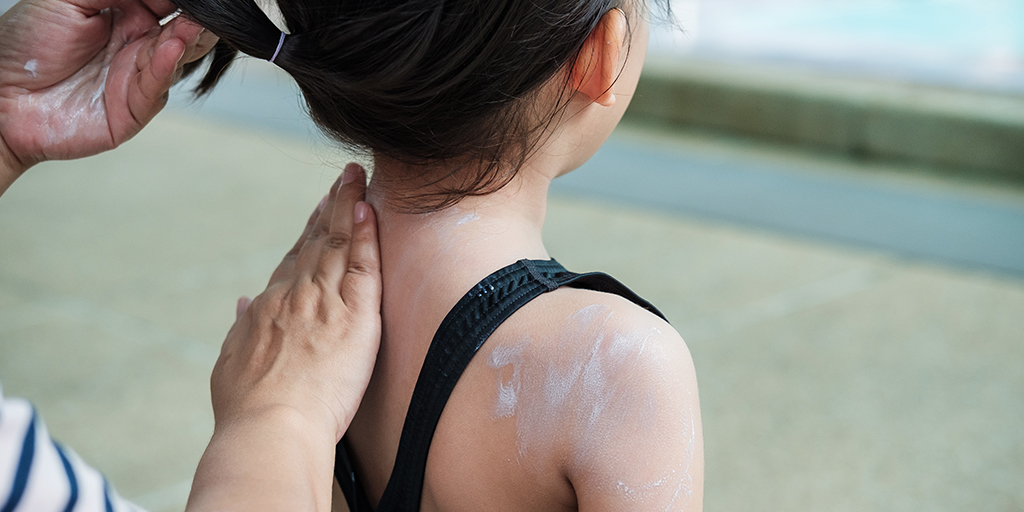Despite Studies, Sunscreen Still Good Protection

Find Your Perfect Match
Answer a few questions and we'll provide you with a list of primary care providers that best fit your needs.
Sunscreen is a leading line of defense, second to clothing, against the sun’s harmful, cancer-causing rays. But recent headlines put a chink, or a little doubt, in this UV-blocking armor.
A small study, published in the medical journal JAMA and conducted by the Center for Drug Evaluation and Research of the US Food and Drug Administration, found that several common sunscreen ingredients entered study subjects’ bloodstream at levels high enough to merit further study.
However, it’s too soon to throw out your sunscreen, advises James Ouellette, DO, of Premier Surgical Oncology. He says, “We want to temper our concern for melanoma by using sunscreen, but we also want to temper our exposure to chemicals by being diligent about what is in that sunscreen. Further studies will undoubtedly be helpful in the future.”
He hopes the study will prompt the FDA and sunscreen makers to conduct further investigation into the possible health effects of sunscreen chemicals absorbed by the skin.
“We’ve thought for a long time that they (sunscreens) are safe, and they most probably are. But the issue is they get absorbed in the skin like many things do (such as medication from transdermal patches). The question is going to be how much is harmful.”
Dr. Ouellette adds, “We do know the sun’s rays are harmful.” And cause cancer.
Sun Protection Tips
That means you should continue to follow this well-established advice for sun safety recommended by the American Academy of Dermatology:
- Limit time in the sun.
- Stay in the shade, especially when the sun’s at its hottest – between 10 a.m. and 2 p.m.
- Wear protective clothing, such as long-sleeved shirts, pants, and a wide-brimmed hat. And put on your sunglasses.
- Apply at least 1 ounce of sunscreen to all exposed skin every two hours or after swimming. If your hair is thinning, apply sunscreen to your scalp or wear a wide-brimmed hat.
- Use lip balm with an SPF of at least 15.
- Keep in mind that UV rays are always present. Use sunscreen even on cloudy days and in the winter.
And Dr. Ouellette recommends regularly checking for suspicious looking moles, with the help of your loved ones. “There’s the obvious growth of a dark mole that’s very irregular in shape. When they start to change or grow, that is something that should tip you off that there is a problem.”
He adds, “People with many moles to start with should have regular dermatology visits so that they can be evaluated.” And if your doctor finds a mole that raises concern, he will order a biopsy to confirm or rule out cancer.
Find Your Perfect Match
Answer a few questions and we'll provide you with a list of primary care providers that best fit your needs.
Source: James Ouellette, DO, Premier Surgical Oncology; CNN; American Academy of Dermatology





